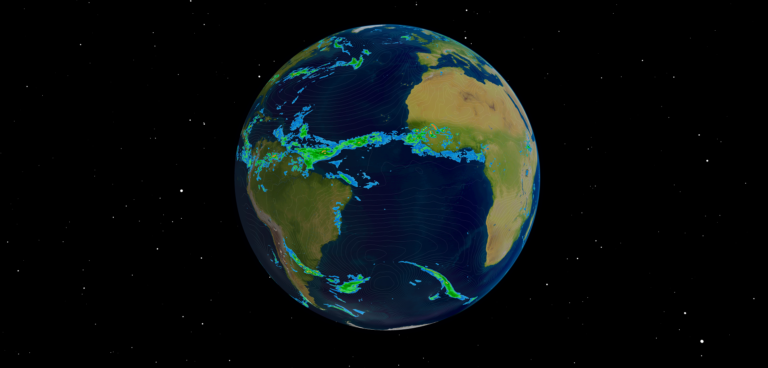The UK’s Royal Meteorological Society has released a special issue of its Meteorological Applications report, which it says brings together papers discussing the need for high resolution observations and the use of opportunistic data in numerical weather prediction (NWP).
First assembled to complement the society’s ‘Big data assimilation workshop’ held in September 2019, it has now been updated to include an editorial from Dr Joanne Waller. Waller works in the Assimilation of Surface-based Observations group at the Met Office Reading Unit at the Department of Meteorology, University of Reading. She was the 2020 recipient of the L F Richardson Prize for a series of papers reporting significant advances in understanding and implementing new observation uncertainty techniques, alongside improvements in numerical weather prediction.
According to the RMS, over recent decades advances in computing techniques and power have allowed the resolution of NWP models to increase. As a result, convection‐permitting NWP is now feasible and commonplace at most operational forecasting centers. The first article in the collection (Clark et al., 2016), provides a summary of operational convection‐permitting NWP models and their benefits.
The accuracy of any forecast is inherently linked with the accuracy of the initial conditions used to start the forecast. Therefore, it is important that the initial conditions are kept close to reality by updating the previous forecast with appropriate observations that capture the most recent atmospheric state (Gustafsson et al., 2018).
According to the RMS, the current conventional network does provide some observations at sufficiently high resolution for convective scale NWP. Until recently only a fraction of these high-resolution observations were assimilated, although recent work has improved their use in assimilation (e.g. Geer et al., 2019; Simonin et al., 2019). Despite such improvements, as research moves to higher resolution models, the resolution of the observations will also need to increase.
The report posits that it may be possible to derive observations from information collected for non‐meteorological purposes. Information can be provided by the public, either through targeted campaigns or collected without the routine input of the collector, for example via private automatic weather stations (AWSs) or a smartphone app.
Further papers included in the report discuss different opportunistic data sets, their quality, processing that can be implemented to improve the data, and the potential benefits of the data for NWP.
The RMS notes that the papers within the report both highlight the need for very high-resolution observations and show that unconventional data, either crowdsourced or obtained from non‐meteorological sources, can provide such information.



